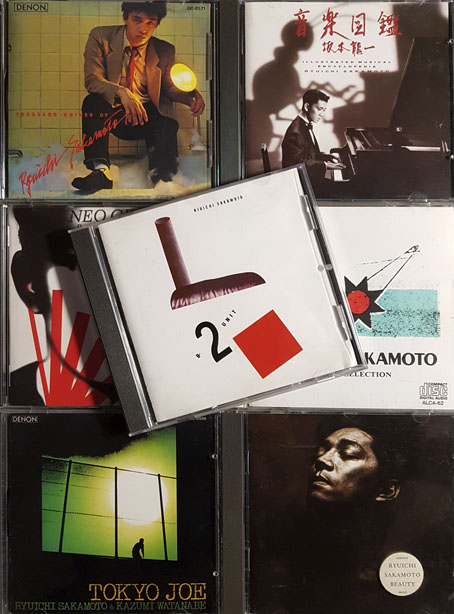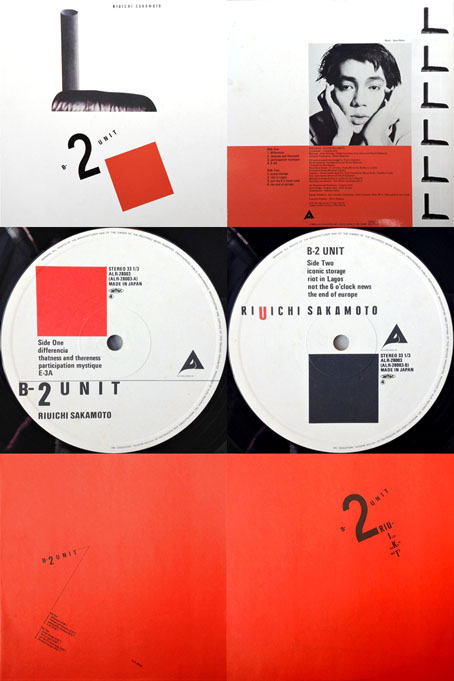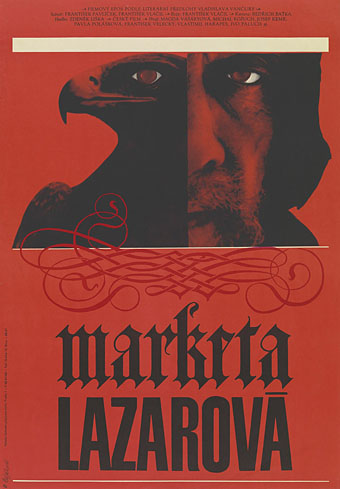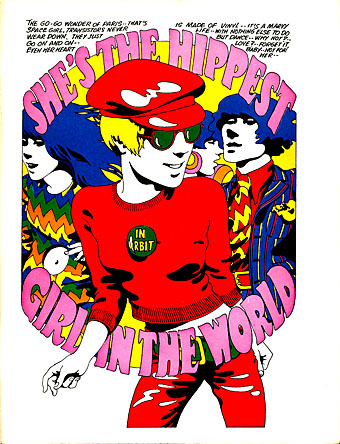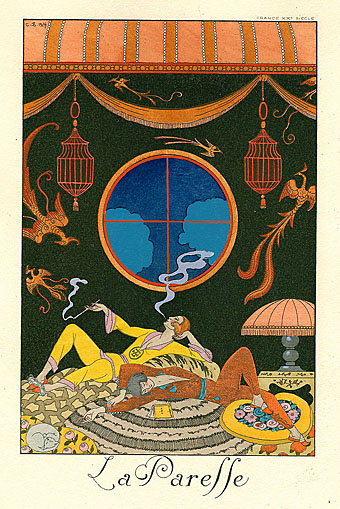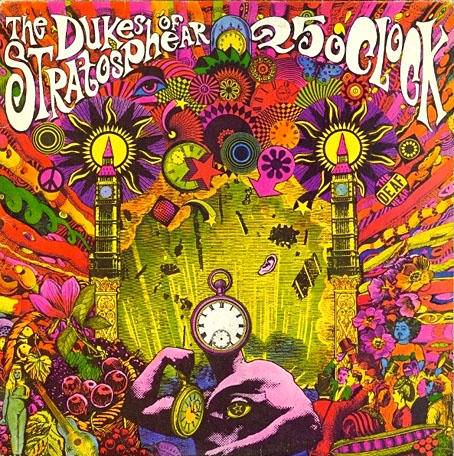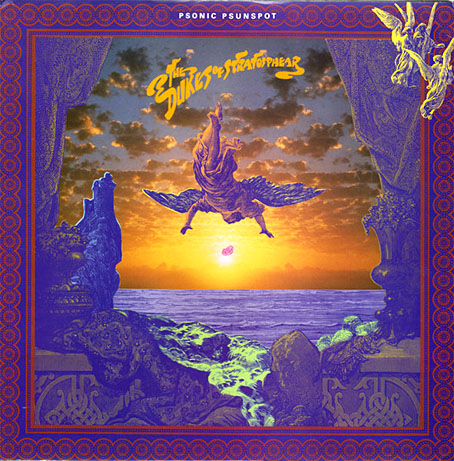
Berlioz: Symphonie Fantastique (1958); Charles Munch, Boston Symphony Orchestra.
Continuing an occasional series about artists or designers whose work has appeared on record sleeves. Richard M. Powers is one of those illustrators whose work is remembered today for his many covers for SF books and magazines even though his commissions often took him away from the genre. Powers’ early paintings for record companies use the wiry illustration style that was popular during the 1950s, few of them resemble the X-ray views or amorphous, Tanguy-like forms that populate his cosmic vistas and alien worlds. The cover for Symphonie Fantastique is an exception, justified by the suite’s narrative thread which involves visions seen in an opium dream.
Powers is also unique, I think, in having an entire album of music dedicated to his SF covers, Powers (12 Sound Pieces Inspired By The Art Of Richard M. Powers) by Andy Partridge. This album doesn’t feature any of Powers’ own artwork but the illustrations are done in his style so the cover has been included in this list.

Mendelssohn: Symphony No. 3 in A Minor “The Scotch” (1955); Music Appreciation Symphony Orchestra.

Tchaikovsky: Symphony No.6 In B Minor, Op.74 – Pathétique (1956); Leonard Bernstein, Music Appreciation Symphony Orchestra, The Stadium Concerts Symphony Orchestra.

Verdi: Rigoletto (1956); The Metropolitan Opera Orchestra And Chorus conducted by Fausto Cleva, Robert McFerrin, Sr.

Johann Strauss: Die Fledermaus (1956); Tibor Kozma, The Metropolitan Opera Orchestra And Chorus.

Mozart: The Marriage Of Figaro (Highlights) (1956); Vienna Philharmonic Orchestra, Erich Leinsdorf, Giorgio Tozzi, Roberta Peters, Lisa Della Casa, George London, Rosalind Elias.

